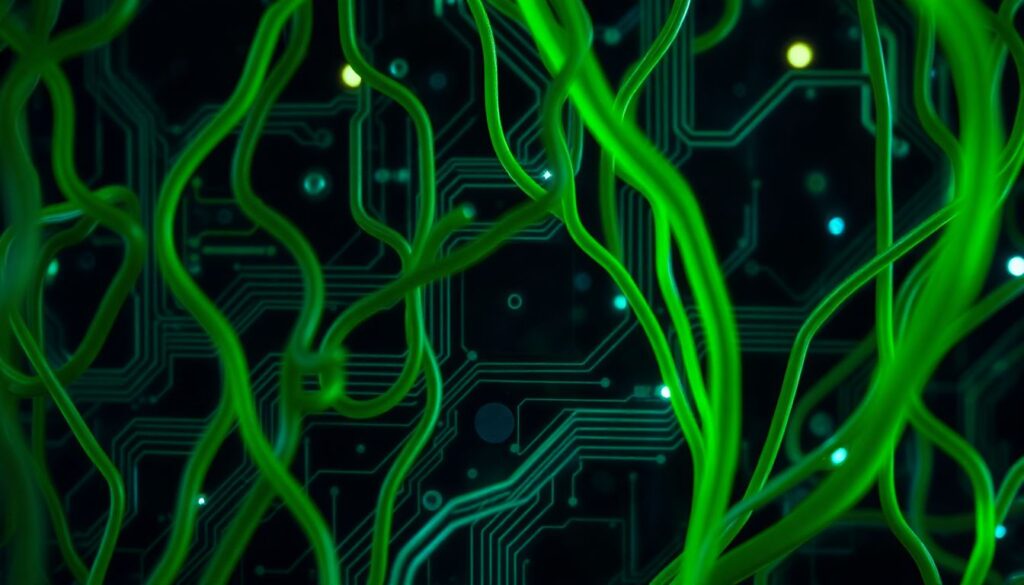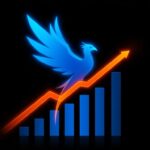The Ultimate Geek Health Journal: Optimizing Performance and Longevity for the Digital Native

You sit at your desk for hours. Code flies across the screen. Emails ping nonstop. Yet your back aches, eyes burn, and focus fades by noon. These issues hit hard for anyone glued to tech all day. A Geek Health Journal changes that. It tracks more than steps. This tool builds a full plan to boost your brain power and keep your body strong. You gain sharp thinking and lasting energy for tough jobs like coding or data crunching.
Defining the Geek Health Landscape: Unique Stressors and Metrics
Geek health mixes brain strain with body neglect from desk life. You face high mental demands plus risks like bad posture and screen glare. Start your journal by noting these daily hits. Track how they add up over time.
The Cognitive Load Crisis
Your brain juggles tasks all day. Switching apps drains mental energy fast. Notifications pull you from deep focus. Over time, this wears down your nerves. Studies show it raises stress hormones by 20%. Log your task switches each hour. See patterns that hurt your output. Cut them to save brain fuel.
Ergonomics: The Foundation of Digital Durability
Set up your space right from day one. Keep your monitor at eye level, about arm’s length away. Your chair needs lumbar support to cradle your lower back. Feet flat on the floor help too. Take a two-minute posture break every 30 minutes. Stand, roll shoulders, and stretch your neck. Poor setup leads to neck pain in 70% of office workers. Fix it now. Your journal lists these checks daily. Mark what you adjust.
Invisible Strain: Ocular Health in the Digital Age
Staring at screens dries out your eyes quick. Digital eye strain hits nine out of ten users. Symptoms include headaches and blurred vision. Follow the 20-20-20 rule: every 20 minutes, look 20 feet away for 20 seconds. Blink more to keep eyes moist. Add a note in your journal for eye rest times. Track if symptoms ease after a week. Blue light filters on screens cut glare too. Test them and log results.
Tracking the Core Pillars: Sleep, Nutrition, and Hydration
Recovery starts with basics. Log sleep to spot bad nights that slow your work. Note meals that fuel clear thinking. Watch water intake to dodge energy dips. These pillars support your geek health journal goals. Poor habits here tank your performance fast.
Optimizing Sleep Architecture for Deep Work Readiness
Aim for seven to nine hours, but quality matters most. Deep sleep rebuilds your brain for tough tasks. Wearables track cycles like REM stages. Check your readiness score each morning. If it’s low, you might need an early bedtime. Journal your wind-down routine. Did that herbal tea help? One study links good sleep to 15% better problem-solving. Build habits that stack those restful nights.
Nootropics, Supplements, and Fueling the Brain
Certain foods sharpen your mind. Omega-3s from fish oil aid memory. B vitamins in greens fight fatigue. Track what you eat and how you feel after. Skip unproven pills without doc advice. They can mess with your gut. Log doses and effects in your journal. Did that morning caffeine boost focus or cause jitters? Balance is key. Aim for whole foods first.
The Hydration-Cognition Link
Dehydration fogs your thoughts quick. Just 2% loss hurts concentration. Shoot for eight glasses of water a day. Log your intake hourly if needed. Notice if thirst ties to that 3 p.m. slump? Add a reminder app. Fruits like watermelon count too. Your geek health journal ties sips to sharper afternoons.
Movement and Mitigating Sedentary Damage
Sitting rules your day, but it harms quiet killers like weak hearts. Break that cycle with smart moves. Your journal tracks these to build strength. Target desk-bound woes head-on.
Micro-Workouts and Posture Correction Routines
Sneak in five-minute breaks between code sprints. Do wrist stretches to ease typing strain. Roll your ankles under the desk. Stand and march in place during calls. These fix slouch from long sits. Log how often you move. Feel looser after? One routine: touch toes, then arch your back ten times. It counters eight hours of stillness.
Cardiovascular Health: The Unsung Hero of Cognitive Longevity
A brisk walk sparks new brain cells. Cardio boosts blood flow for better focus. Research shows 30 minutes daily cuts dementia risk by 30%. Tie runs to clearer thinking sessions. Log your heart rate pre and post. Did that jog sharpen your debugging? Build it into lunch breaks. Your body thanks you with steady energy.
Tracking Readiness vs. Strain: Avoiding Overtraining Burnout
High achievers push too hard. Log your mood on a 1-10 scale each evening. Pair it with heart rate data if you have it. Low energy signals rest time. Overdo it, and burnout hits. Journal what caused strain, like late nights. Adjust next week. Balance keeps you in the game long-term.
The Mental Maintenance Protocol: Stress and Focus Management
Your mind needs tune-ups like your body. Log feelings to spot stress early. Build blocks for peak work. This keeps your geek health journal alive.
Quantifying Stress Load: HRV and Subjective Mood Logging
Heart rate variability shows recovery levels. High HRV means you’re ready to roll. Track it mornings with a simple app. Add mood notes: “Anxiety at 7 after that deadline.” Patterns reveal triggers. One user cut stress 25% by spotting email overload. Your journal turns data into calm.
Implementing Digital Boundaries and Deep Work Blocks
Block two hours for no distractions. Use Pomodoro: 25 minutes work, five-minute break. Silence notifications during peaks. Log your output in those slots. Did focus double? Real coders report 40% more done this way. Set phone to do-not-disturb. Protect your brain space.
Mindfulness and Cognitive Reframing Techniques
Breathe deep for two minutes when bugs frustrate. It calms the prefrontal cortex for smart fixes. Try grounding: name five things you see. Journal post-session calm levels. Meditation grows focus over weeks. One study found it boosts attention by 16%. Slip it into coffee breaks.
Analyzing Data and Iterating for Continuous Improvement
Data alone sits idle. Review it weekly to tweak habits. Your geek health journal thrives on this loop. Spot wins and fix flops.
Creating Your Weekly Health Review Dashboard
Pull entries into a simple sheet. Ask: “What linked to my top focus day?” Note if skipped stretches caused pain. Chart sleep against productivity. One pattern might show coffee timing matters. Keep it quick, 15 minutes Sundays. Adjust for next week.
Identifying Personal Thresholds and Triggers
Data shows your limits. Too much screen time before bed? Log sleep dips. Caffeine max at three cups? Track jitters. Find your peak hours, say 9 a.m. to noon. Tailor routines around them. Users personalize and see 20% gains.
The Long-Term View: Benchmarking Longevity Metrics
Watch trends like resting heart rate. It drops with fitness, signaling health wins. Track sleep debt over months. Aim under five hours weekly. These markers predict big-picture wellness. Log yearly baselines. Celebrate drops in average stress.
Conclusion: Sustaining the Edge
A Geek Health Journal shifts you from fix-it mode to smart planning. You track sleep, moves, and stress to fuel your tech life. Core pillars like hydration and ergonomics build lasting strength. Mental tools keep focus sharp. Weekly reviews turn insights into habits. Start yours today. Grab a notebook or app. Log one metric now. Watch your performance soar as you own your health.









